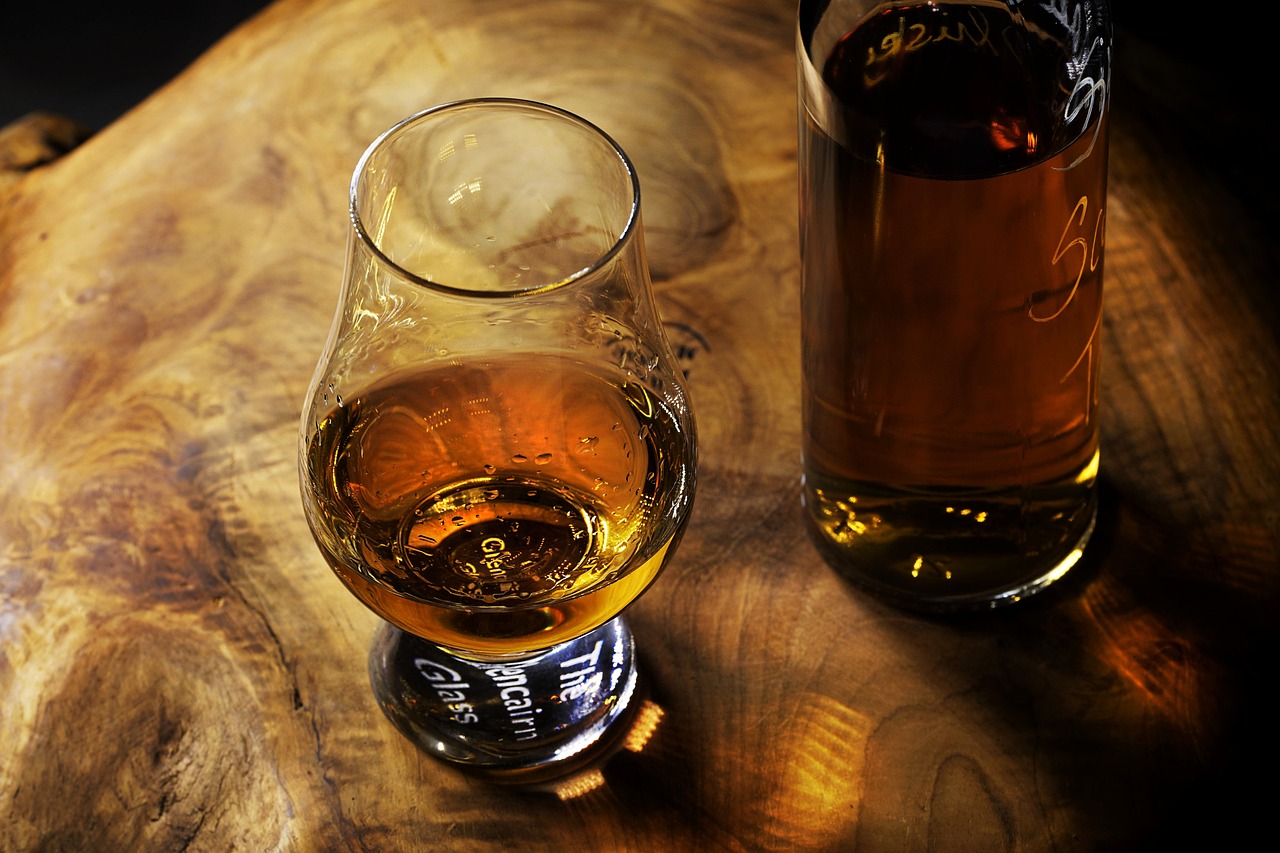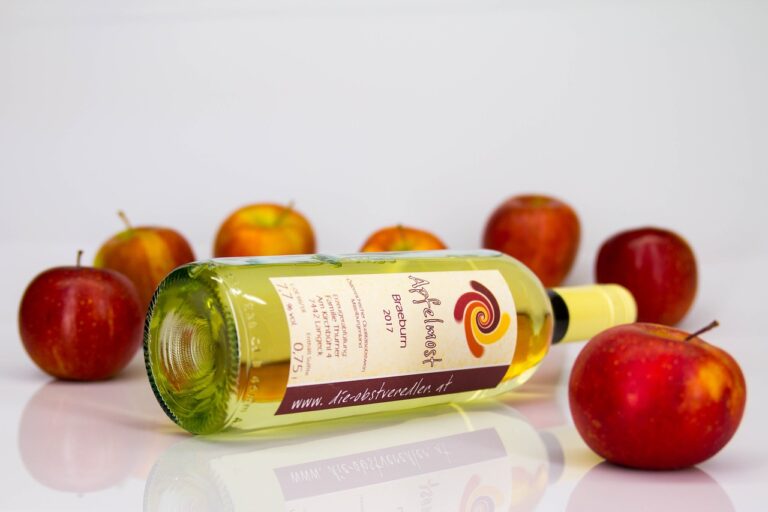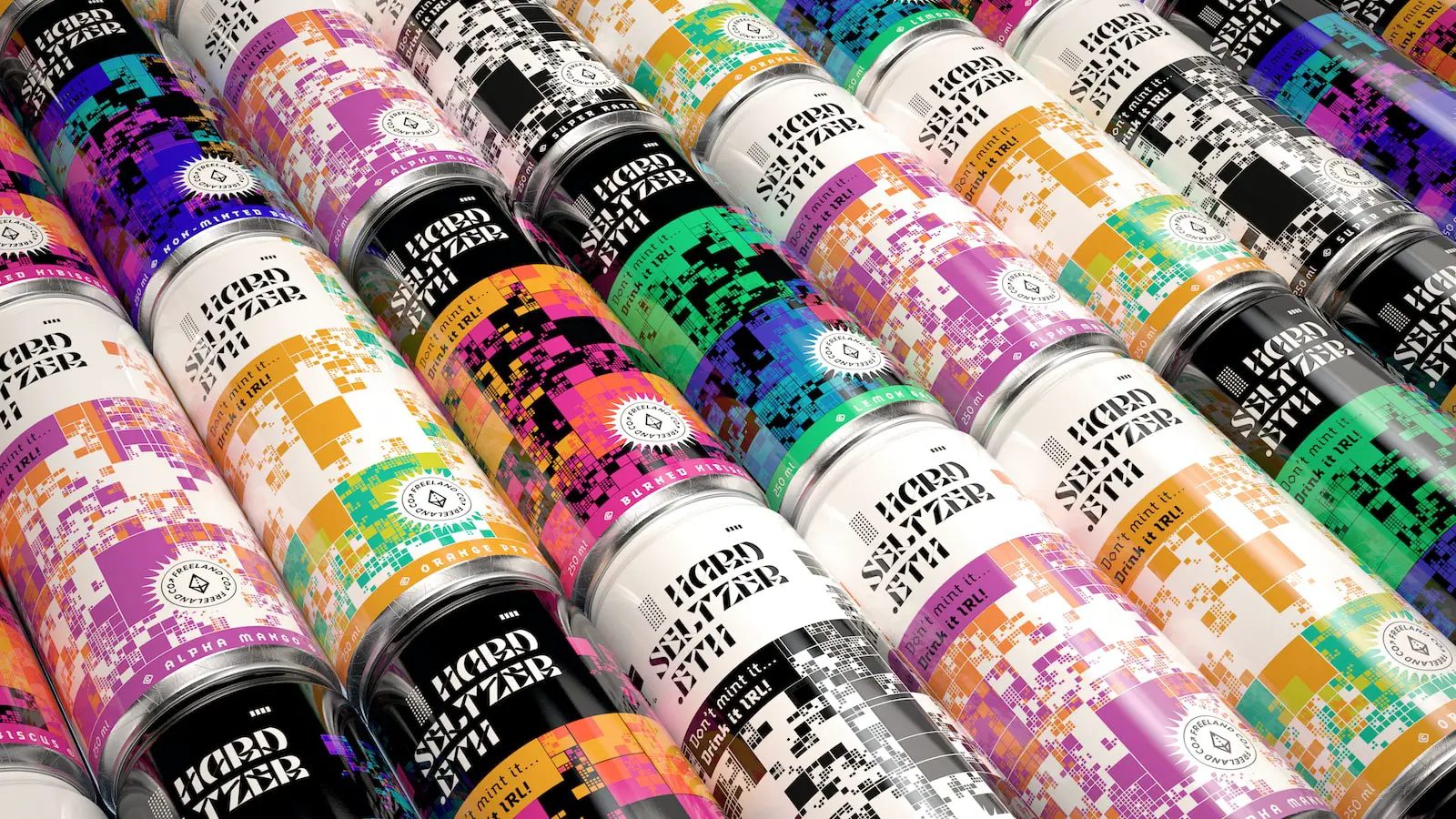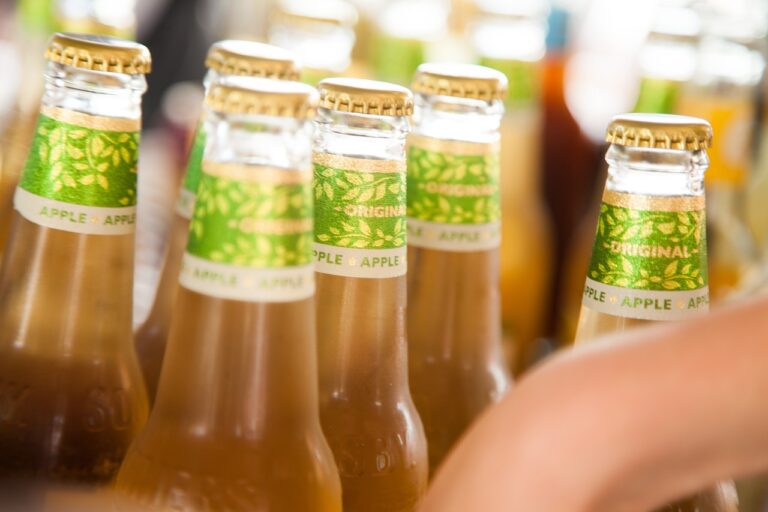The answer to this question is more complicated than it might seem at first.
Many factors contribute to the high price tag of single malt whisky, including the cost of production, the aging process, and the limited supply.
If you’re a fan of whisky, you may have noticed that single malt varieties tend to come with a higher price tag than the other types of whisky. But have you ever wondered why single-malt whisky is so expensive?
In this article, we’ll explore the factors that contribute to the high cost of single malt whisky.
The History of Single Malt Whisky
The manufacture of single malt whisky has a long and storied history that dates back to the early days of Scotland.
The first recorded reference to the drink was in 1494, when King James IV of Scotland requested that eight barrels of malt be sent to him from the royal cellar.
Single malt whisky is made from a single type of grain, typically barley, that has been malted and fermented in pot stills.
The term “single malt” does not refer to the age of the whisky but rather to the fact that it has been made from a single type of grain.
Today, single-malt whisky is produced all over the world, but the vast majority of it is still made in Scotland.
In recent years, there has been a resurgence in interest in single malt whisky as more and more people are discovering the unique taste and character of this iconic drink.
The Process Of Making Single Malt Whisky
The process of making single malt whisky is a long and complicated one, but the result is worth the wait.
This type of whisky is made from only one type of grain, typically barley, and is distilled in a pot still.
The barley is first germinated in water for a period of usually around two weeks. This process converts the starch in the grain into sugars, which will be fermented later on.
After the germination process is complete, the grain is then dried in a kiln. This step is important to stop the further growth of the grain and to give the whisky its characteristic flavor.
The next step is to mash the grain to extract the sugars.
This liquid is then fermented with yeast, which converts the sugars into alcohol. The resulting liquid is then distilled in a pot still to produce the final product.
If you’re a fan of single malt whisky, then you’ll know that the process is a long and complicated one. But the result is worth the wait!
The Cost of Single Malt Whisky
While the cost of Single Malt Whisky can vary greatly, the average price is around $65 per bottle.
This price can be attributed to the uniqueness of the product, as well as the high demand for it.
Single Malt Whisky is made from a single malt of barley, which is then distilled in pot stills.
This type of whisky is typically aged for a minimum of 10 years in oak barrels, which contributes to its distinct flavor.
Due to the lengthy and costly production process, as well as the limited supply of Single Malt Whisky, the price of this type of whisky is significantly higher than other types of whisky.
However, the price of Single Malt Whisky is worth it for many people, as it is considered to be the highest quality of whisky available.
Why Is Single Malt Whisky So Expensive?
Single malt whisky is a type of whisky that is made in a single distillery. The term “single malt” is used to distinguish it from blended malt whisky, which is a mix of whiskies from multiple distilleries.
Single malt whisky is usually more expensive than blended malt whisky, but why is that?
There are a few reasons why single malt whisky is more expensive than blended malt whisky.
Single malt whiskies are typically made in small batches, which makes them rarer and thus more expensive.
Single malt whiskies are typically aged for longer periods, which also contributes to their higher price tags. The longer the whisky is aged, the more expensive it becomes.
This is because the whisky needs to be stored in high-quality casks, which can be expensive to produce and transport.
The type of cask used can also affect the flavor and character of the whisky, which is why many distilleries use casks that have previously held sherry, port, or other types of wine.
The raw materials used in making single malt whisky are of the highest quality. It is made from 100% malted barley, which is carefully selected and sourced from premium producers.
The water used in the production process is also of the highest quality, typically sourced from nearby natural springs or wells.
These raw materials are more expensive than those used in other types of whisky, which can contribute to the higher cost of single malt.
The production process of single malt whisky is also labor-intensive, which adds to the cost.
Distilleries that produce single malt whisky typically use traditional methods that have been passed down for generations.
This includes using copper pot stills to distill the whisky, which requires skilled labor and expertise.
In addition, single malt whisky is typically aged for a longer period than other types of whisky, which requires more storage space and adds to the overall cost.
Rarity and exclusivity are also factors that contribute to the high cost of single-malt whisky.
Some single malt whiskies are only produced in limited quantities, making them highly sought after by collectors and enthusiasts.
The exclusivity of certain brands can also add to their value.
For example, the Macallan distillery in Scotland has released several limited-edition single malt whiskies that have sold for tens of thousands of dollars per bottle.
Conclusion
In conclusion, the high cost of single malt whisky can be attributed to several factors.
These include the high quality of the raw materials used, the labor-intensive production process, the long aging period, and the rarity and exclusivity of certain brands.
While the cost of single malt whisky may be prohibitive for some, many whisky enthusiasts are willing to pay a premium for the unique flavors and character that single malt whisky offers.
Single malt whisky is a type of whisky that is made from a single type of grain and is distilled at a single distillery.
This process is more time-consuming and costly than other methods of whisky production, which explains why single malt whisky is typically more expensive than other types of whisky.









